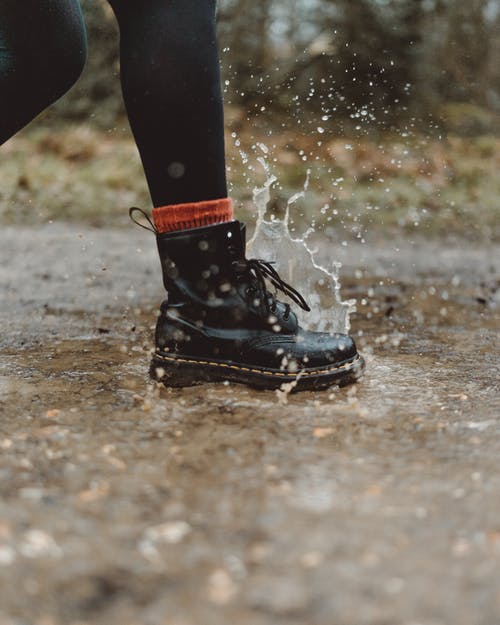A flooded basement is frustrating and inconvenient like anything. It can become a significant health hazard. Even if you remove the water from the basement and make it dry, there are still chances for mold growth. You may also need to replace furnishings like the beds and couches. If the basement frequently floods, making it dry quickly can be a bit difficult. You may need to take special measures like waterproofing to dry the floor as well as the walls. Let’s have a quick look at how you can effectively get rid of this depressing nightmare.
- Make use of sealants – Cracks in the foundation concrete is the most notorious and prominent entry point for water. But you can seal these cracks from inside the home. Special sealants are available in the market to seal off the cracks. This way you can prevent moisture and leaks to enter. Usually, such sealants come with a multi-year warranty. However, if there is no crack in the foundation, concrete waterproof coatings can be used. They can permanently prevent major leaks, future floods, possible dampness, and potential condensation issues.
- Keep the rain gutters clean – Such gutters come handy to channel roof water away from the home foundation. If you can’t maintain properly, the gutters can be filled with debris. And as a result, the water pours from sides while saturating the ground near the home. This surplus water runs along the sides of the foundation. And if there is any crack in the concrete, this water can easily get into the basement. You must clean these gutters during spring. Install gutter guards so leaf buildup from the trees in close proximity doesn’t take place. Waterproofing in Calgary is needed to keep the basement dry.
- Take care of the downspouts – If the downspouts are not placed rightly, avoid having rain gutters. Downspouts, as usual, collect water from rain gutters and later disperse it on the ground. But if they are not placed correctly, they will collect water and create a pool next to the home. The water then will be seeped into the basement through the cracks. If there is no gutter, the water from the roof edges will be drained. Though not recommended, it is still a better idea than having a big water pool next to the downspout. Don’t forget to install downspout extensions to drain away excess water from the home. Even if you direct it 4 inches away from the home, it can make significant difference. If you can keep water away from the foundation, there will be less chance for it to seep into the basement.
To keep the basement of your home from flooding, you may make use of sealants. Don’t forget to keep the rain gutters clean. Install the downspouts in the right place.

